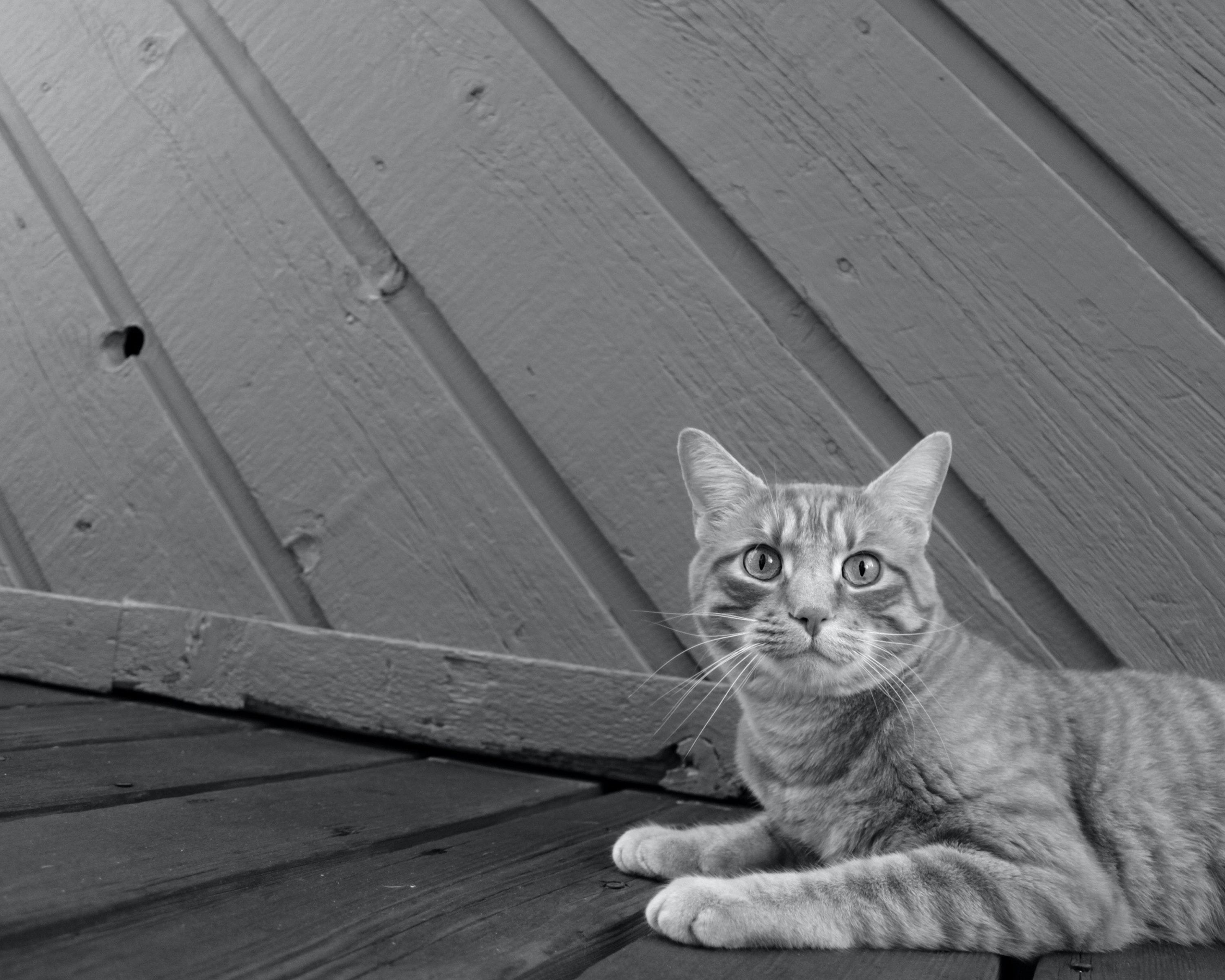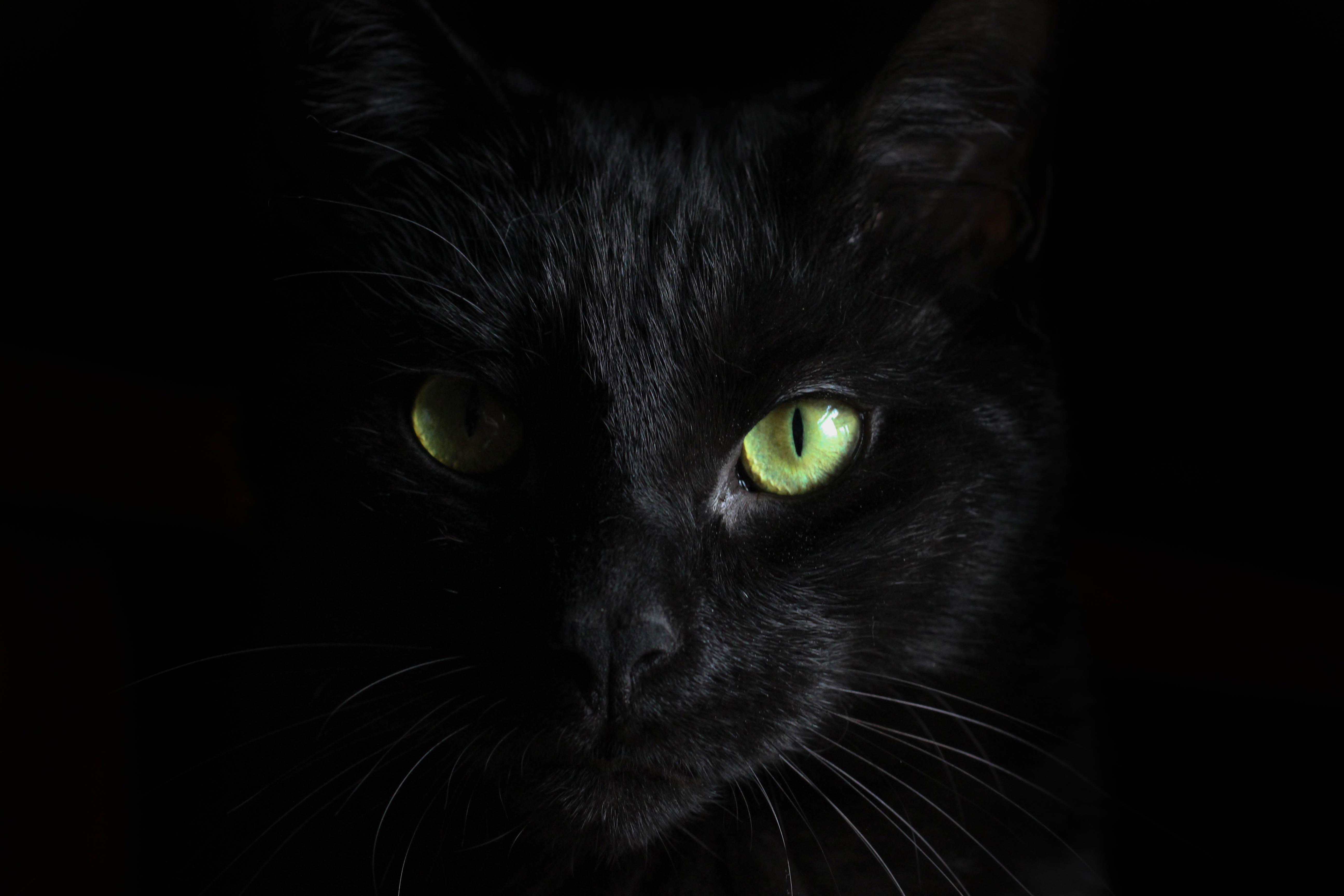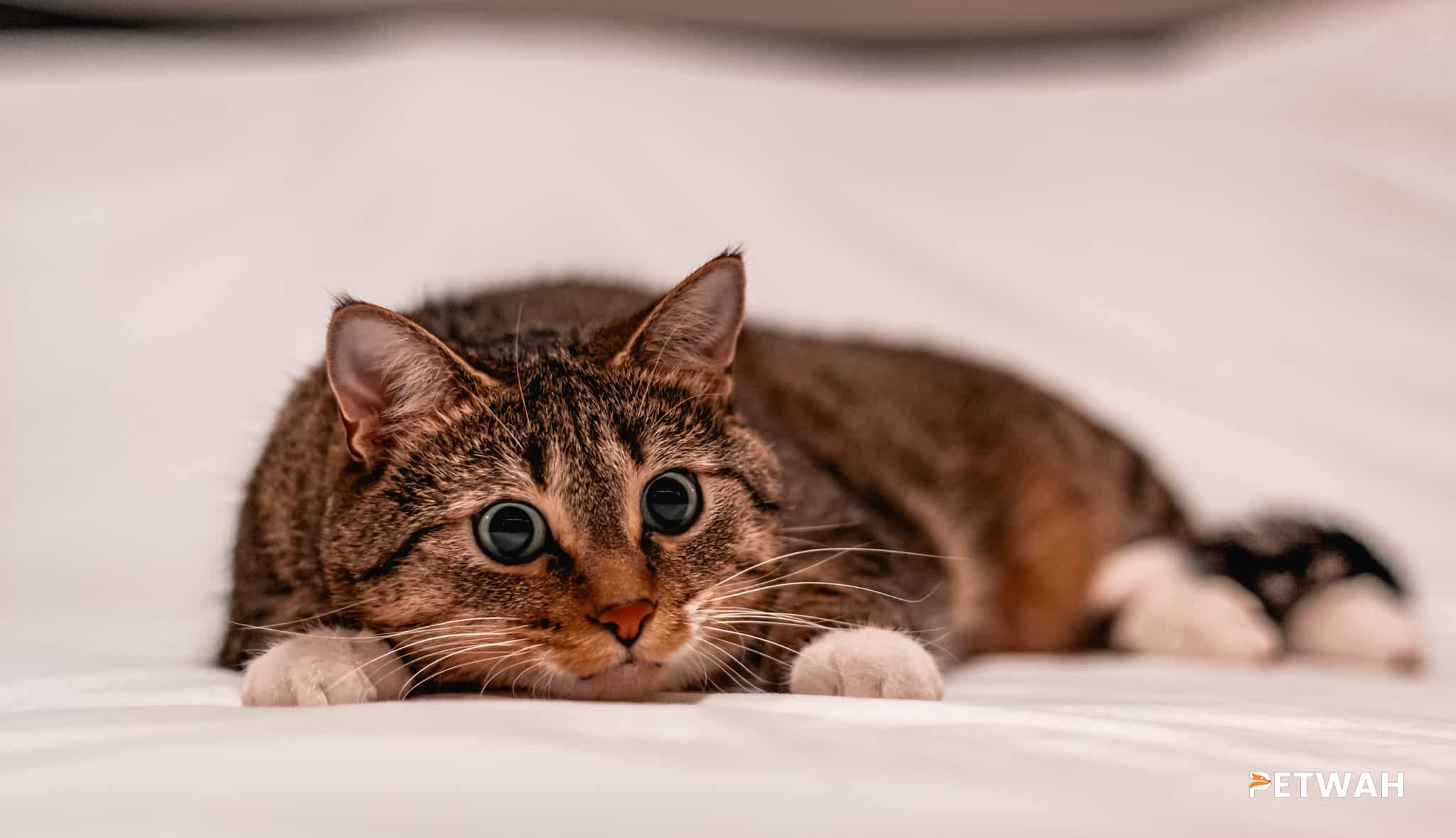If you or someone in your household has allergies, it’s important to be aware of the potential triggers that can cause an allergic reaction. While you might be familiar with the common triggers such as pollen, dust, and pet dander, you may not be aware that cats can be a source of allergies as well. In this blog post, we’ll discuss the signs and symptoms of feline allergies, and what you can do to reduce or prevent an allergic reaction when living with cats.
If you’re a cat owner, it’s important to be aware of the potential for feline allergies in your pet. Cats can suffer from allergies just like humans, and the symptoms can range from mild to severe. Understanding the signs and symptoms of feline allergies can help you provide the best possible care for your cat.
Feline allergies can be triggered by a variety of sources, including environmental allergens, food allergens, and other allergens such as flea saliva. Allergens can cause a variety of reactions, including itching and scratching, sneezing, coughing, and other respiratory symptoms. The most common signs of feline allergies are skin issues, such as redness, scaling, scabs, and fur loss. In some cases, cats may also experience eye and nose irritations, as well as gastrointestinal issues.
If you notice any of these signs in your cat, it’s important to take them to the vet as soon as possible. Your vet can help diagnose the cause of the allergies, which will help them create a treatment plan that best fits your cat’s needs. Common treatments include antihistamines, corticosteroids, and immunotherapy.

When it comes to environmental allergens, the best way to reduce your cat’s exposure is to keep your home as clean and allergen-free as possible. This means regularly vacuuming and dusting, as well as using air purifiers and HEPA filters. Additionally, keep your cat away from areas where there may be a buildup of allergens, such as near open windows and in damp areas.
If your cat has food allergies, you’ll need to work with your vet to determine which foods are causing the reaction. Many cats are sensitive to ingredients such as chicken, eggs, and dairy, so it’s important to read labels and avoid these ingredients in your cat’s food. In some cases, your vet may recommend switching your cat to a hypoallergenic food to reduce their exposure to potential allergens.
Lastly, flea allergies are common in cats, and the best way to prevent them is to keep your pet on a regular flea treatment program. There are a variety of products available, including topical medications, oral medications, and collars, and these can help reduce your cat’s exposure to flea saliva.
Overall, understanding the signs and symptoms of feline allergies can help you provide the best possible care for your cat. If you notice any of these signs in your pet, it’s important to take them to the vet as soon as possible. With the right treatment plan, you can help reduce your cat’s exposure to allergens and keep them as comfortable as possible.
If you’re a cat owner, it’s important to be aware of the potential for allergies in your pet. While you might think your cat is healthy, certain things like dust mites, pollen, or certain foods can cause allergies. Paying attention to the signs of an allergic reaction such as redness, itching, or sneezing can help you identify the issue and get your cat the help they need. Feline allergies can be serious and should not be taken lightly. With proper diagnosis and treatment, you can ensure your cat’s good health and well-being.







